Discover the secrets to perfect car stance. Enhance your vehicle’s style and performance effortlessly with our expert tips on what car stance is, and how to achieve it, whether that’s for show or the track.
Show versus Go. It’s the age-old trade-off when it comes to car suspension. Obviously, you don’t want to leave your car at its factory-standard ride height. But getting that body closer to the ground goes deeper than just placing a set of cut springs in there.
Are you lowering for jaw-dropping looks, or to make it unbeatable on the track and country lanes? Do you want form, or function? Or can you actually have both?
What is car stance and fitment?
Car stance, fitment, slamming, take your pick – these are terms referring to the act of getting your car sitting just right, with the wheel-to-arch interface carefully considered. There are a number of ways to go about this; aggressive fitment sees wide wheels on stretched tires working with negative camber to get the rim as close to the arch as possible. And for some, the more aggressive the better!
Tuck and poke refer to the position of the wheels: the latter sees the rims sitting proud of the arches, while the former hides them back inside the arches like a retro race car. Flush (and for the hardcore, hellaflush) requires precise measurements to get the wheel rim perfectly adjacent to the edge of the arch. It’s something of a dark art!
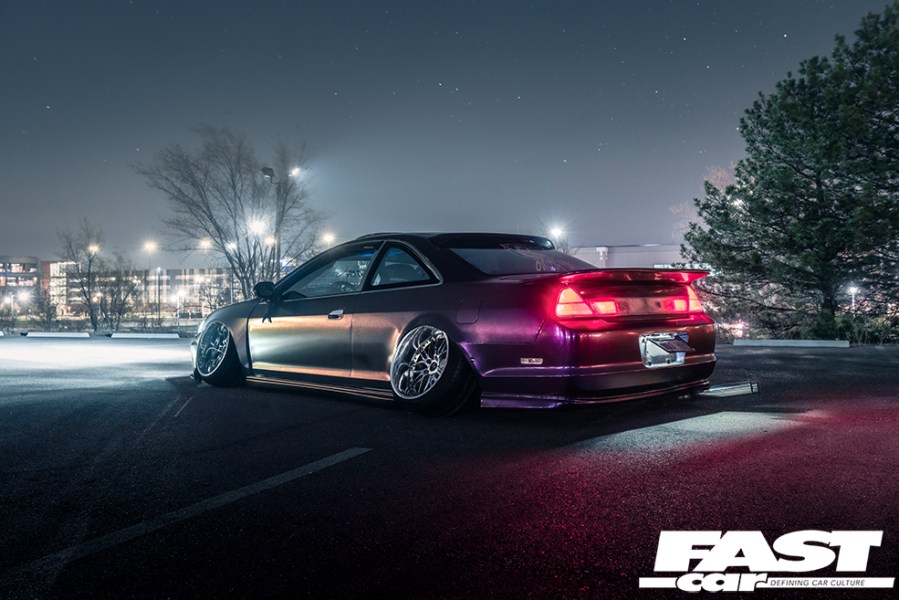
Why do people stance their cars?
Why does anyone do anything, right? OK, let’s be serious for a moment. There is something oddly satisfying about a car sitting completely on the ground while parked up. Everything just looks, right. Yes, sure, some might sit there and say but it makes the car “horrific to drive”. That’s not the point here, the point isn’t to enjoy tearing up the highway, or on a twisty road, nor are they suited to the track. They are all about taking things slower, enjoying the drive and not caring what other people might think. Besides, there are a number of different routes you can take with a stanced build. You can go down the static stance route, which means you’ll have those lows all of the time. Or you can go the air suspension stance route, where you can lift the car up while you’re driving, the best of both worlds.
Some might say it’s not a truly stanced car if it’s not static, as in permanently that low. But we say otherwise. Why not add some practicality in, hell, the lowriders do it with hydraulics well!
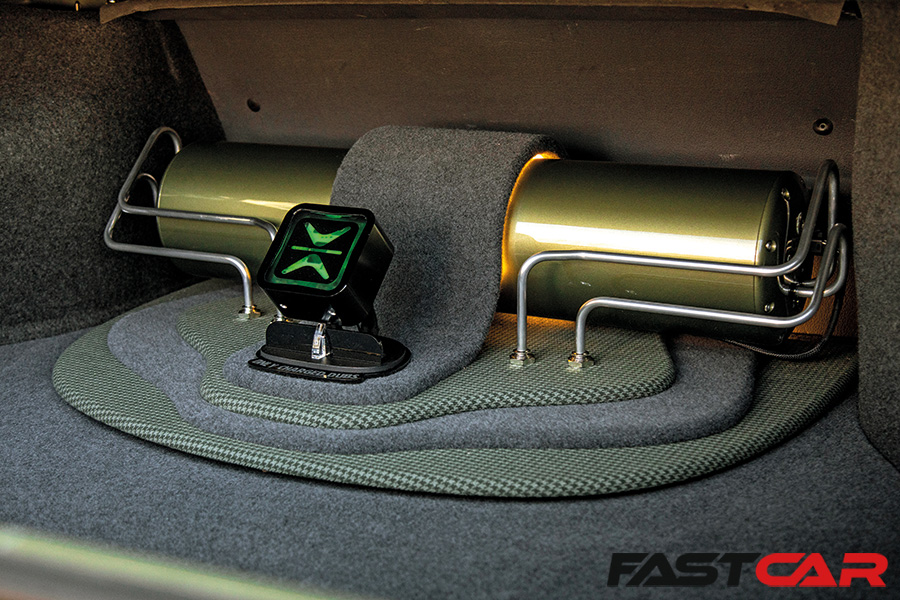
What are the different types of car stance?
There are two principal ways to stance your car – static, or non-static. If you’re running static stance, that means your car is always that low: you’ve got it set up on coilovers (or shorter springs) and you live with the compromise of clattering speedbumps and cats-eyes for the sake of the look and the respect static life brings.
Your non-static options are essentially air ride or hydraulics, although there are a few halfway methods too (like running air cups on top of your dampers). This approach allows you to hard-park the car at shows – or just at the shops, prompting old people to say ‘That’s ridiculous, how can you drive it like that?’ – before flipping a switch and raising it up to drive away.
Modern air-ride management systems offer such features as self-levelling, regardless of load, and preset adjustable heights – just like the hydropneumatic suspension on an old Citroën! With this level of complexity, it goes without saying that bagging your car – which refers to adding air bags within the suspension system alongside lines and a compressor to increase or decrease the ride height – is a lot more expensive than rolling static… although if you’re able to put together and install your own system, it might not be as pricey as you’d think.
Check out our air ride suspension guide to learn more about bagging your car.
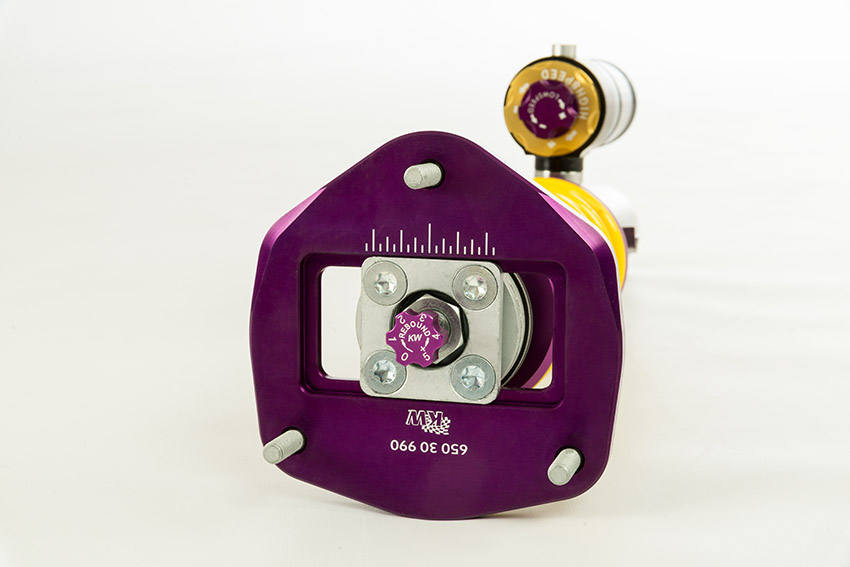
What parts do I need to stance my car?
What do you need to achieve heroic lows and stance your car? Well, once you’ve decided whether to run with coils, air ride or hydraulics and have sourced the requisite parts, you’ll need a bunch of other stuff to go with it. Adjustable top mounts and camber arms will help you achieve sweet angles, and you’ll need to give serious consideration to the widths and offsets of your wheels. Think about using spacers to get them sitting precisely where you want them. It’s not just the widths of the wheels either – carefully measuring tire widths and seeing how other people have achieved the look with a similar setup will help you to figure out exactly the amount of sidewall stretch you can get away with.
Haters often whine about stretch but it isn’t the devil – plenty of pro drift cars run oodles of stretch without the tires popping off the rims. But be aware that you’ve reduced your contact patch, particularly if you’re running a lot of camber, and you’ll be killing tires quicker and will have less grip. You might also garner unwanted attention from the police! So, find your own compromise between sensibleness and extremity. It’s a totally personal thing.

Car stance tips
Below, we’re going to answer some of the most frequently asked questions when it comes to car stance.
Should I get lowering springs to stance my car?
The cheapest way to lower your car is to swap the stock springs for lowering springs. If you get progressively wound ones, they’ll be soft and compliant when you’re cruising around, and firm when you’re being aggressive.
What’s the advantage of stiffer springs? You get less body roll in corners, and also less compression under weight transfer (i.e. when harshly braking or accelerating).
The next step up is to replace the dampers. You can either go for adjustable dampers with matching springs, or all-in-one adjustable coilover units. Either way you can place the height of the car just where you want it, allowing you to tailor it perfectly to whichever track or roads you’re tackling. The key here is to get it sufficiently low to improve the handling, without going so low that the wheels are rubbing the arches. Much like with static fitment, fine-tuning motorsport stance is an intricate art.
Corner-weighting allows you to distribute your car’s weight more evenly by fine-tuning ride height settings. And, of course, proper four-wheel alignment will pay dividends.
It’s also worth noting that, despite what some people will tell you, decent air-ride setups are designed for track use – Air Lift Performance kits, for example, offer incredible adjustability and stability along with OEM-quality fittings.
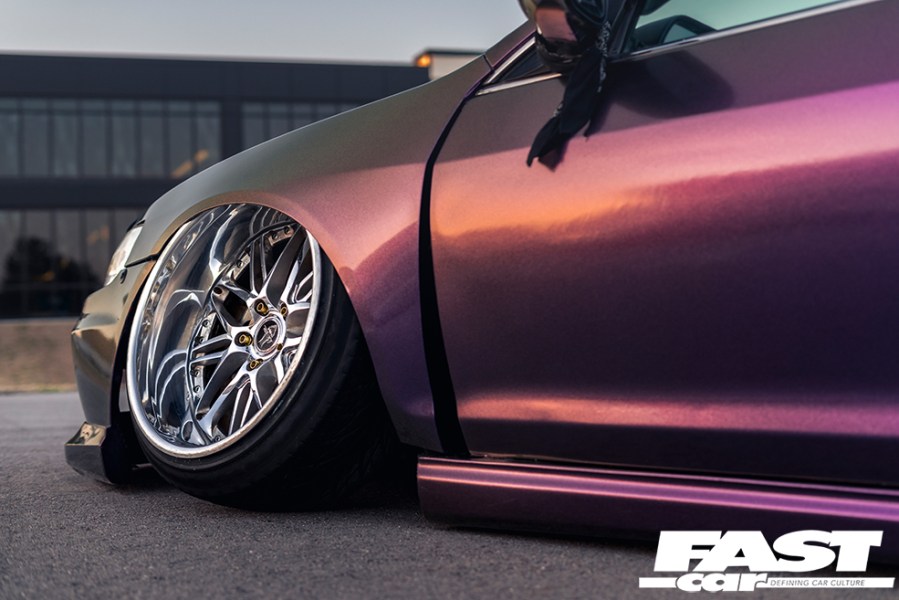
How to choose the right tires when stancing a car
Tires are everything here, being the only part of the car that’s in contact with the road. Consider your negative camber angle carefully, as camber improves grip under cornering, but you want to have as much contact patch as possible on the straights too! Sticky soft-compound tires will help you claw at the tarmac; you can’t run slicks on the road, but something like a Nankang AR-1 is the next best thing. You want a nice stiff sidewall here as well – a surprising amount of a road car’s suspension is provided by the sidewall; choosing something firm, square-shouldered and low-profile will reduce compression under cornering.
What wheels to pick when stancing a car
Wheels need to be chosen well. Don’t just think about the pretty design and the diameter, but the construction, weight and width. Wider is better in terms of grip, and lightweight wheels will reduce unsprung mass (i.e. the mass of everything not attached upwards of the suspension), so the suspension will have less work to do and thus be more efficient. Something like an OZ Ultraleggera will offer a remarkable weight saving over stock rims.
Be sure to give our guide to the best aftermarket wheels a look for some inspiration.
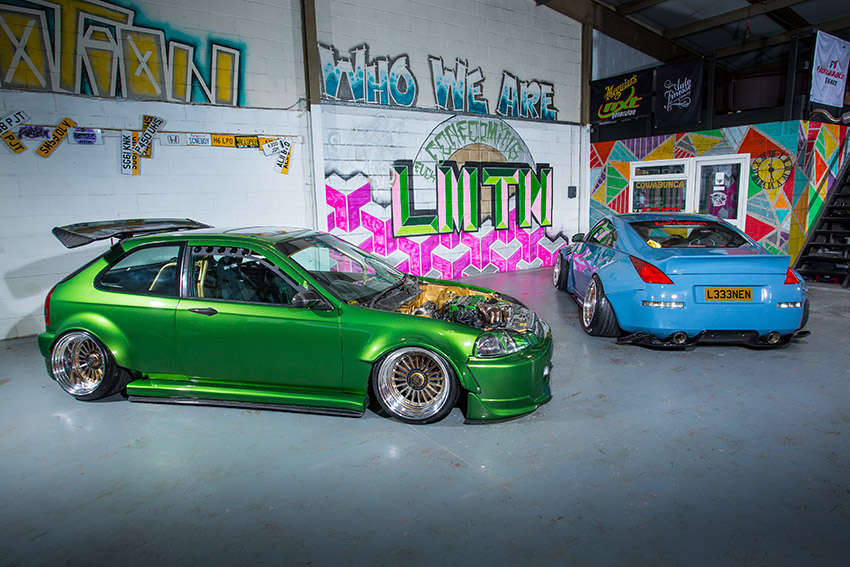
Custom chassis work when stancing a car
When you’re running low, your chassis is going to bang into stuff, that’s a given. And also, when you’re altering your car from manufacturer specs, you may find that things like driveshafts, suspension components and so on don’t fit where you want them to – so chassis notching is the answer: cutting non-structural sections out of the underbelly to give those parts somewhere to go!
A more extreme approach is channeling, something that old-school hot-rodders were big into. With a classic body-on-frame car, you’d lift the body off, rework the chassis mounting points so they joined the body higher up, and voila – when you reattach the body, it’s lower to the ground without messing with the suspension at all!





